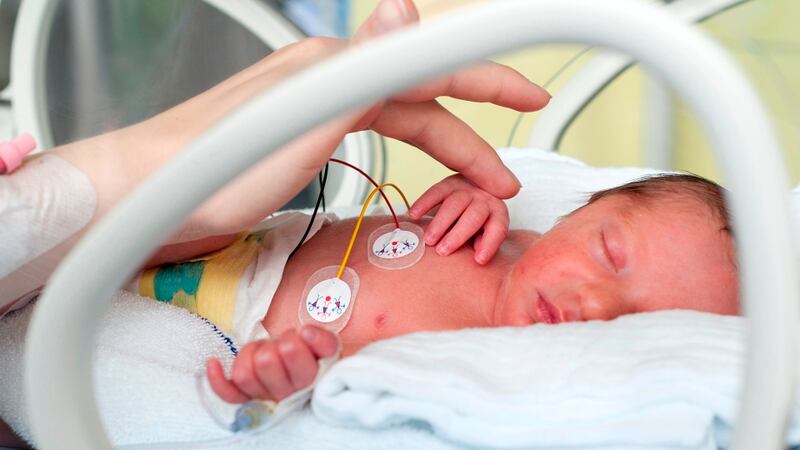The vast majority of children with life-limiting conditions are born with the condition, according to Government reports and census data. Of those who die from such conditions, the majority die within the first year of life, reports show.
A Department of Health report was published in 2009 titled Palliative Care for Children with Life-Limiting Conditions in Ireland – a National Policy, in which it identified the type of children with such conditions.
“A life-limiting condition is defined as any illness in a child where there is no reasonable hope of cure and from which the child or young adult will die,” said the report, before going on to identify four categories of these conditions.

According to the report, the first group were where curative treatment may be feasible but can fail, including cancer and irreversible failures of heart, liver and kidneys. The second group included conditions such as cystic fibrosis, where there may long periods of intensive treatment aimed at prolonging life and allowing participation in normal activities.
The third category consists of progressive conditions without curative options where treatment is exclusively palliative and may commonly extend over many years. Examples include Batten’s Disease and muscular dystrophy.
The fourth and final category includes those irreversible but non-progressive conditions causing severe disability leading to susceptibility to health complications and the likelihood of premature death. Examples include severe cerebral palsy and multiple disabilities.
The report, which was commissioned by then minister for health Mary Harney, noted that there were about 1,400 children in Ireland living with a life-limiting condition with no hope of cure and from which the child or young adult would die. "In Ireland there are . . . in the region of 490 childhood deaths a year. Of childhood deaths due to life-limiting conditions, the majority occur in the first year of life with approximately 350 deaths a year from life-limiting conditions."
The picture presented in that 2009 report is confirmed by more recent census data from the Central Statistics Office, which compiles information on all deaths, including those of children under the age of a year.
According to the CSO figures, there were 262 deaths of infants aged less than a year in 2011, of which 188 were registered as neonatal and occurring when the infant was less than four weeks of age. The figures also show that 33.6 per cent of all infant deaths in 2011 occurred within the first day of birth and more than 56 per cent occurred within the first week with congenital malformations, deformations and chromosomal abnormalities accounting for 44.3 per cent of infant deaths in 2011.
A similar picture emerges with CSO figures for 2012, which show that there were 237 deaths of infants less than a year in 2012, of which 185 were registered as neonatal, having occurred within the first four weeks of life.
More than a third (34.2 per cent) of all infant deaths occurred within the first day of birth and over 61 per cent occurred within the first week, with congenital malformations, deformations and chromosomal abnormalities accounting for 39.2 per cent of infant deaths in 2012.







